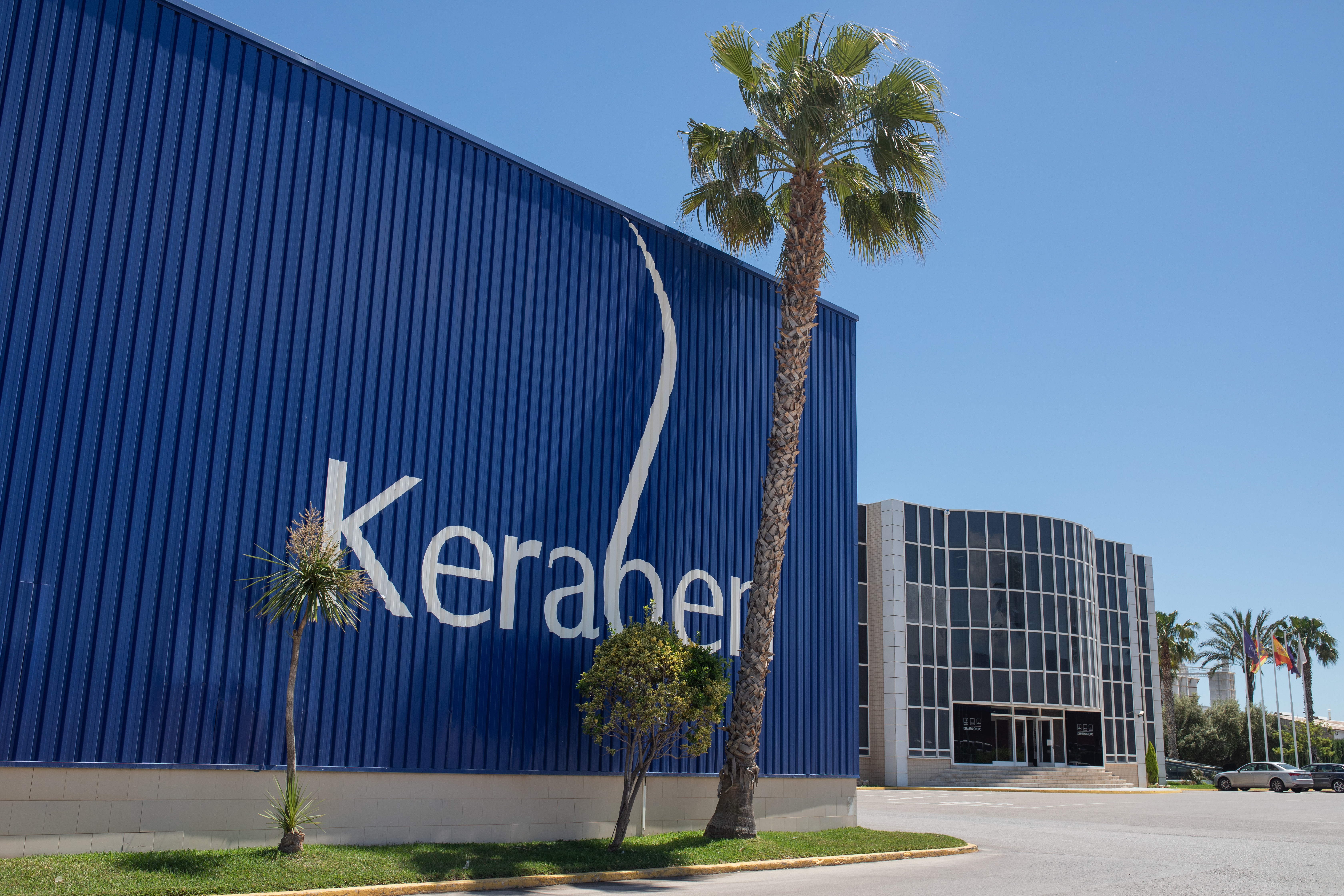Philosophy
Keraben Grupo & the Search for Smarter Materials
Being able to count on smart solutions in the home contributes to user wellbeing and to energy efficiency. Forget robots and virtual solutions–innovations also include materials with improved properties.

When we imagine a home of the future, we imagine one with materials that are easier to clean, with sound-proofing and even self-repairing properties in the event of damage. The technology we want for our homes is technology able to insulate us from heat or cold and to provide technical functionalities, without relinquishing visual appeal and a high-quality finish.
When we imagine the future, it is, in fact, already here.
Expert professionals are working on the development of innovative technologies for the home that can make our day-to-day lives much easier. In conjunction with BSH Electrodomésticos and Repsol, Keraben Grupo has set itself the goal of coming up with the very best new solutions through the Smart Materials for the Home challenge, a platform for companies that have devised ideas and solutions to contribute to people’s wellbeing in the home.
During the month of June, different proposals for smart materials were received and now the idea of an event is being considered to showcase the three best identified solutions. These could lead to future collaborative initiatives with Keraben Grupo and the other partners.

- What is a smart material?:
A smart material has properties that have been modified in a carefully controlled way to ensure improved effects. In the case of buildings, it is a material that makes life more comfortable for users through efficiently developed ingenious ideas.
- How can smart materials improve life in the home?
In many ways, depending on their application. Examples are easy-to-clean self-repairing materials, with thermal or sound insulation. Other new innovations include finishes like coverings or coatings resistant to high temperatures or with new functionalities, in addition to many other possibilities.

- Can they be used in all homes?
Yes. And for this purpose, models have also been developed for businesses where these materials are incorporated in platforms or structures: an approach also fostered by Keraben Grupo. In this way, products or services are created and ultimately launched on the market.
- So are we talking about ICTs?
Sometimes smart homes are only regarded from a technological point of view, in terms of ITCs and data exchanges. However, the creation of online infrastructures also implies designing and building physical spaces for the final materialization of the solutions.
- What about sustainability?
This goes hand in hand. These new smart solutions must be innovative forward-looking ones. They must always take into account the principles of inclusive design (accessibility for all, including the disabled) and sustainability (efficiency throughout the whole lifecycle).

- Who is behind the project?
The Smart Materials for the Home challenge has been set up by the Spanish Technological Platform for Advanced and Nano-Materials (MATERPLAT according to its Spanish acronym). The goal is to help provide a forum for innovative companies and technology developers, hence the involvement of Keraben Grupo and the other partners.







